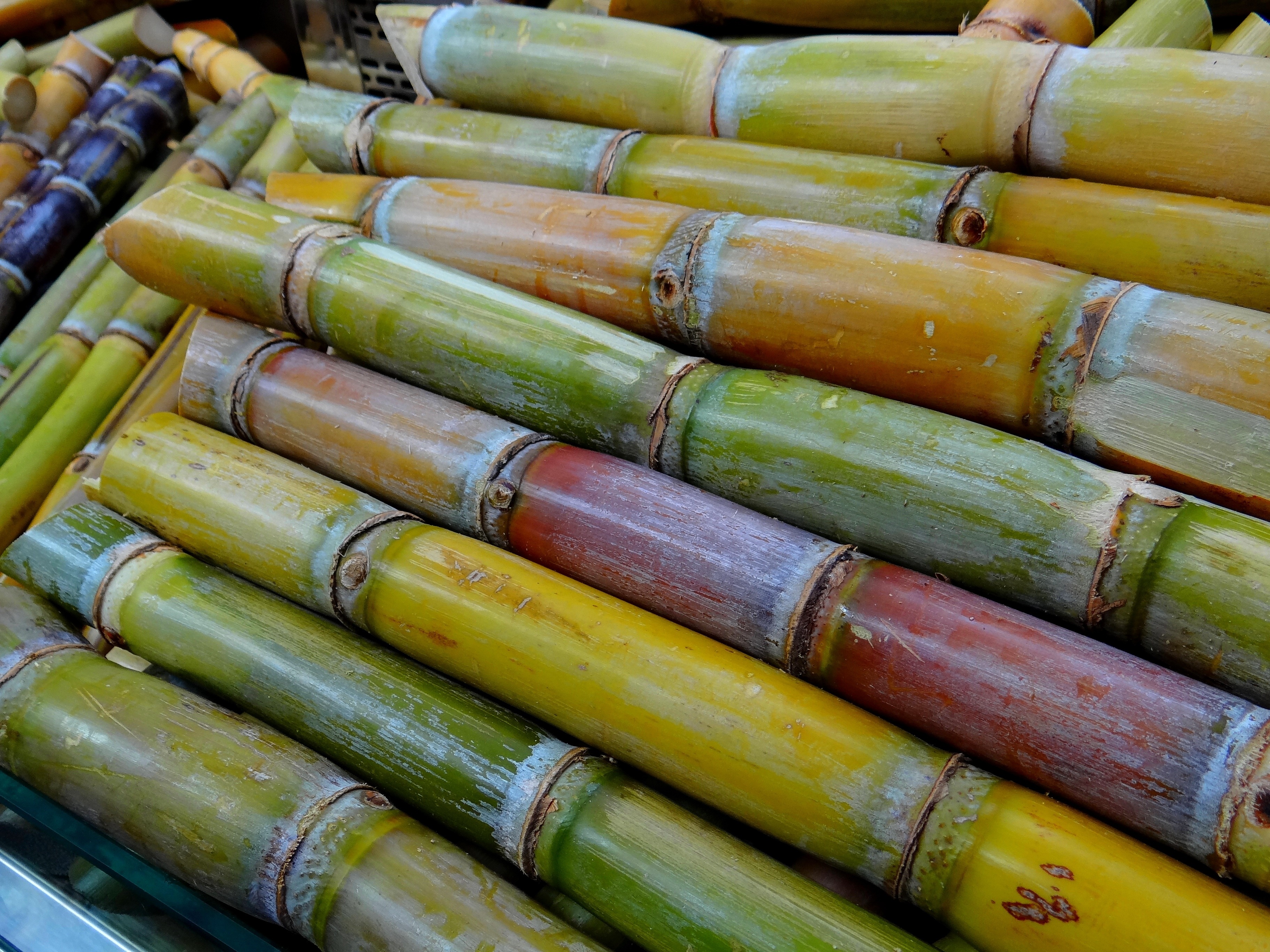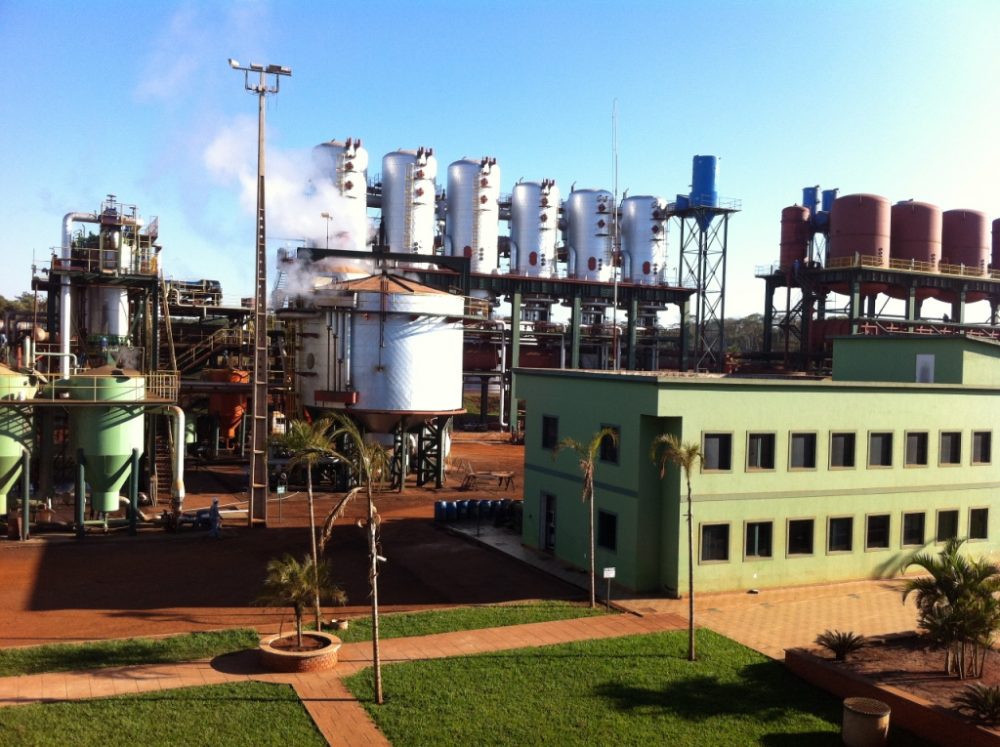ME-LE Biogas GmbH, a German company with a subsidiary in Brazil specializing in waste treatment in agriculture and industry, is studying the feasibility of developing the first concept of technological biodigestor for the treatment of sugar cane waste (bagasse, filter cake and vinasse) in order to generate decentralized energy. The project is in partnership with Nova Gália Bioenergia Ltda, one of the main mills in Goiás with capacity to process 2 million tons of sugarcane per crop. Let us get to know a little more about this project in an interview with Christian Belt, from ME-LE Brasil Energia, and Alesandro Rosa, from Usina Nova Gália.

1. Could you explain in a general way how the fermenting waste process from sugarcane production works?
Christian Belt: Biogas is a metabolite of methane. It arises when organic matter is fermented in the absence of air, in other words, anaerobically. For this purpose, fermentors are used, which are operated in agricultural biogas plants predominantly in the temperature range between 35°C and 42°C. The waste from sugar/ethanol production is dumped at certain intervals inside the reactor. The recovered biogas consists, on average, of about 50 to 60% in volume of methane and 40 to 50% in volume of carbon dioxide, in addition to small amounts of others. The calorific value of one cubic meter of biogas with a methane content of 53% corresponds to approximately 0.53 litres of diesel.
In 2012, the tilapia production in Castanhão reached a peak, becoming the largest producer of tilapia in Brazil, and causing Ceará to become the Brazilian state with the largest production in the country. However, at the same time, since 2012 a drought period started, affecting Ceará for approximately 6 years.
2. The main idea of the project is to treat waste from sugarcane (bagasse, filter cake and vinasse) used in ethanol production, right? What is the great energetic potential of such waste? Could you tell us more about it?
Christian Belt: Yes, the potential is really great in Brazil. Statistics from Associação de Biogás e Biometano (Association of Biogas and Biomethane - ABiogas) show that almost 50% of the potential of Biogas in Brazil, that is, more than 56 Mio. m³/day of biomethane could be generated from waste from the production of ethanol.
3. The biodigestion process is relatively new in Brazil. How long has it been used in Europe?
Christian Belt: The use in Brazil, in fact, is not as new as everyone thinks. Already in the 1970s and 1980s, farmers in different regions used the biogas potential to treat manure and other agricultural waste and/or use the gas for cooking. But these reactors, if compared to today, were much simpler. And the situation in Germany and other European countries at that time was also similar.
With the establishment of different laws for the use and financial support for Renewable Energies in Germany and other European countries, after the year 2000, biogas experienced a boom that led to the construction of more than 10,000 plants in Germany alone and began to examine the biogas generation process to improve the efficiency of those reactors.
4. What kind of adaptations and studies are needed to use this German technology in this biogas production plant?
Christian Belt: First of all, it is necessary to analyse the exact quantity, quality and availability of each substrate used throughout the year. With this information we create a concept including equipment and materials in order to have a first estimate on the total investment of a plant. This concept already includes an adaptation of the German technology to the Brazilian reality ("tropicalization"). If the final customer of such concept agrees and the financing is guaranteed, we move on to the planning and implementation of the plant.
5. How was the first contact and how did the idea of partnership with the Nova Gália Bioenergia Ltda company arise during the meetings promoted by the Low Carbon Brazil project?
Christian Belt: The first contact was in November 2016 during the Low Carbon Brazil event in São Paulo. After a few visits to the factory and headquarters in Goiânia, the first ideas were exchanged and the potential was calculated for a future plant.
6. What would be the indicators of greenhouse gas emission reduction, as well as energy reduction?
Christian Belt: For this project we estimate a reduction of 4,412 tons of CO2, only through the production of energy (+ a possible additional potential through waste treatment), if we think about reducing energy, more than 8,000 MWh of renewable energy are being planned.
